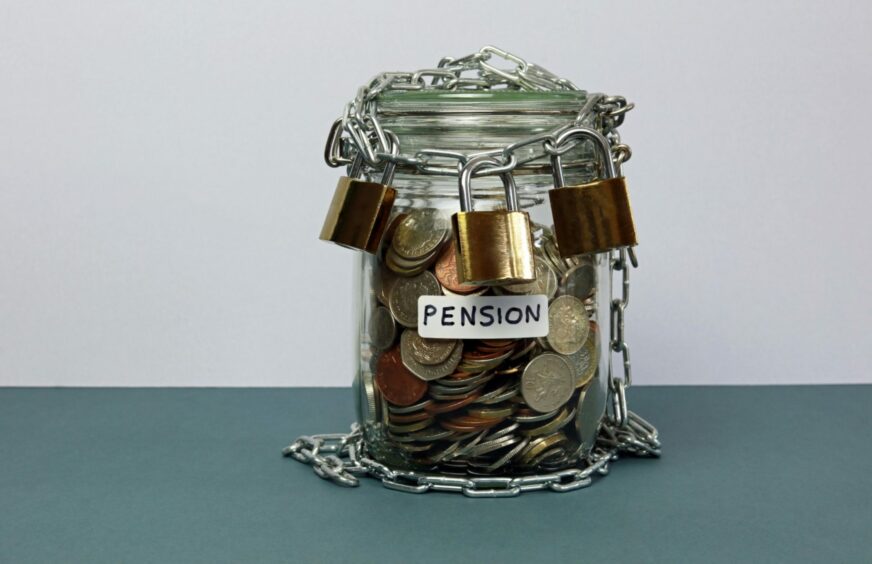The UK Government is widely expected to end or at least water down the “triple lock” on pensions. Paul Gibson takes a look at just what is at stake.
There has been much speculation whether the government is planning to break a key manifesto pledge to maintain the triple lock by increasing the state pension by 2.5%, rather than using earnings data.
What is the pension triple lock?
Introduced in 2011 by the coalition government, the triple lock guarantees the basic state pension will rise by a minimum of either 2.5%, the rate of inflation or average earnings growth, whichever is largest.
What is the new state pension worth?
The full new state pension is £179.60 per week. The actual amount you get depends on your National Insurance (NI) record, with 35 years of NI credits giving you the maximum amount.
You’ll usually need at least 10 qualifying years on your NI record to get any state pension.
The cost of buying an equivalent income using an inflation-linked annuity would be around £320,000 at today’s market rates.
The full, old basic state pension – for those who reached state pension age before April 2016 – is £137.60 a week. The triple lock applies only to this element and not Serps (State Earnings Related Pension Scheme) or S2P (state second pension), which were earnings-related parts of the old system and linked to inflation.
Why has Covid changed things?
As people come off furlough and return to full pay, this is recorded as a large rise in average earnings.
It leads to a unique situation, and one which economists describe as an anomaly.
Average earnings could go up by 8%, hence the equivalent rise in the state pension. That is considerably higher than rises seen under the triple lock during the past decade.
Isn’t an increase a good thing?
Any increase in the state pension should benefit everyone over the long term, but pensions are paid out of current tax receipts and those footing the bill will, ultimately, be those who have yet to start receiving their state pension.
The cost of each 1% rise in state pensions costs the taxpayer around £850 million per year, so a large increase will have a significant impact on government finances that are already under huge pressure.
Critics say the triple lock is unsustainable in its current form, but it has undoubtedly helped to improve living standards for those in retirement.
What happens next?
Chancellor Rishi Sunak has a difficult decision to make to ensure intergenerational fairness and avoid any erosion of state pension benefits.
A possible alternative to scrapping the triple lock altogether would be for an adjustment to be made to reflect the unique results of the pandemic causing an artificial increase to earnings.
What should you do?
The decision will, ultimately, be taken by government but it is good practice to check your state pension entitlement periodically. More information can be obtained by visiting www.gov.uk/check-state-pension
This service can help to find out how much state pension you may get, when you can get it and how to increase it, if you can.
Paul Gibson is the managing director of Banchory-based Granite Financial Planning.

